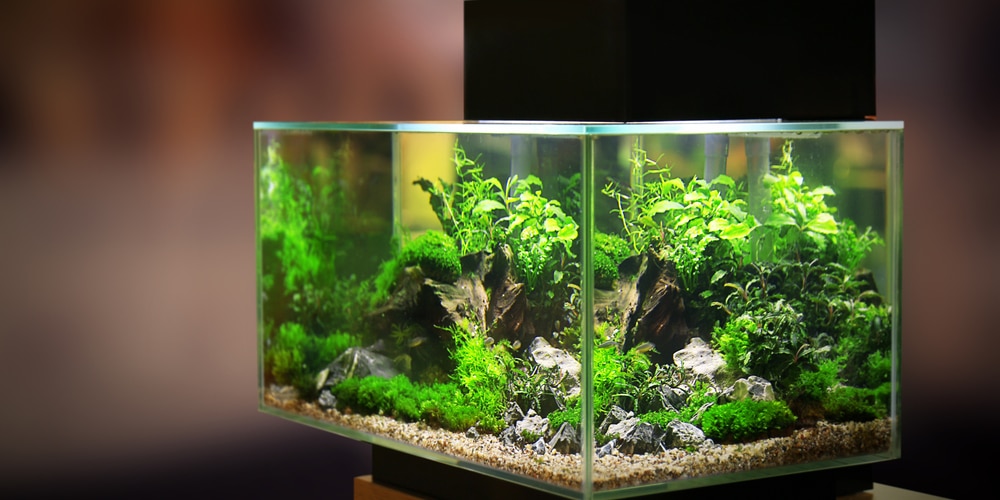Most aquarists know that many popular and efficient fish tank filter designs are readily available online and in stores. Many of these filters rely on the outflow of water from a container with an efficient substrate for trapping debris and biological activity by bacteria to break down harmful compounds such as ammonia.
Undergravel filters, power filters, corner filters, and sponge filters are just some examples of aquarium filtration systems. The most common types of fish tank filters offer increased performance, but they also require more time and money for setup and maintenance.
An increasing number of people are searching for cheaper and more natural methods of filtration. One of the plants that are commonly used to filter aquariums is pothos. This article will look at using pothos as an aquarium filter.
Using Pothos as an Aquarium Filter

Pothos plants can be used as a more affordable aquarium filter that can be used in place of traditional filters with comparable performance. The choice of substrate used is important when setting up a Pothos system. You’ll need to achieve good water flow over the root zone, have a large surface area for bacterial growth, and have an efficient means of trapping debris.
Pothos plants grown from cuttings are incredibly hardy and easy to propagate. They require very little care throughout their lives, and they naturally grow in many aquarium habitats around the world. The pothos cuttings root quickly with or without added rooting hormones, but they will grow faster when you apply rooting hormones. Just ensure that any product you use is safe for aquarium use.
A Pothos system can be created by planting rooted pothos cuttings in small plastic containers filled with a substrate mix such as sand. By filling small containers, you’ll be able to easily move your natural filters around and take them out of your aquarium when needed. An alternative would be to set up your cuttings inside a separate container attached to airline tubing with an airstone at the bottom for oxygenation.
Pothos roots are very delicate so handle them gently when planting so as not to damage them. Since they are very adaptable, it is no problem to gently move the plant around with your hands set it. The plant should be mainly under the water with leaves visible above water. The leaves will eventually be covered in growth film, which provides additional surface area for trapping debris.
Since Pothos naturally occurs in muddy riverbanks, don’t worry about adding too many of these plants into aquariums. They do not have any negative impact on fish and simply provide an additional means of biological filtration. Pothos plants prefer moderate light so they will not grow as quickly if kept under intense lighting, but they can thrive in low-light aquariums.
The Benefits of Using Pothos as an Aquarium Filter

Pothos is an excellent choice for a planted aquarium because it can serve many functions. It can provide oxygenation to the water while removing carbon dioxide, which will create a healthy environment for your fish. The plant also acts as a purifying tool by trapping debris in its leaves. Pothos roots are hardy and adaptable, which allows them to proliferate into the open substrate, where they trap bits of waste.
Over time, the plants can develop extensive root structures that trap fish waste and uneaten food that would otherwise contribute to algae growth. These trapped particles provide good bacteria with an abundant source of nutrients which is beneficial for the tank’s water.
Pothos also creates cover and shade, which gives your fish somewhere to hide and rest. It also helps to stabilize the soil, gravel, or sand in the bottom of the aquarium. These plants are recommended for beginner aquarists who want to reduce nitrates in their aquariums without costly live rock or deep sand beds.
Pothos plants also look beautiful and come in different colors. You could try adding plants such as Golden pothos, Cebu blue pothos, or Neon pothos to your aquarium to create a unique and eye-catching display.
Conclusion
The Pothos is an excellent example of how aquatic hobbyists can utilize plants for multiple functions. These plants serve as an alternative solution to expensive filters and reduce excess nutrients in aquarium water where the growth of nuisance algae is undesirable.
Aquarium keepers will find that Pothos is capable of creating a natural balance in almost any aquarium environment.